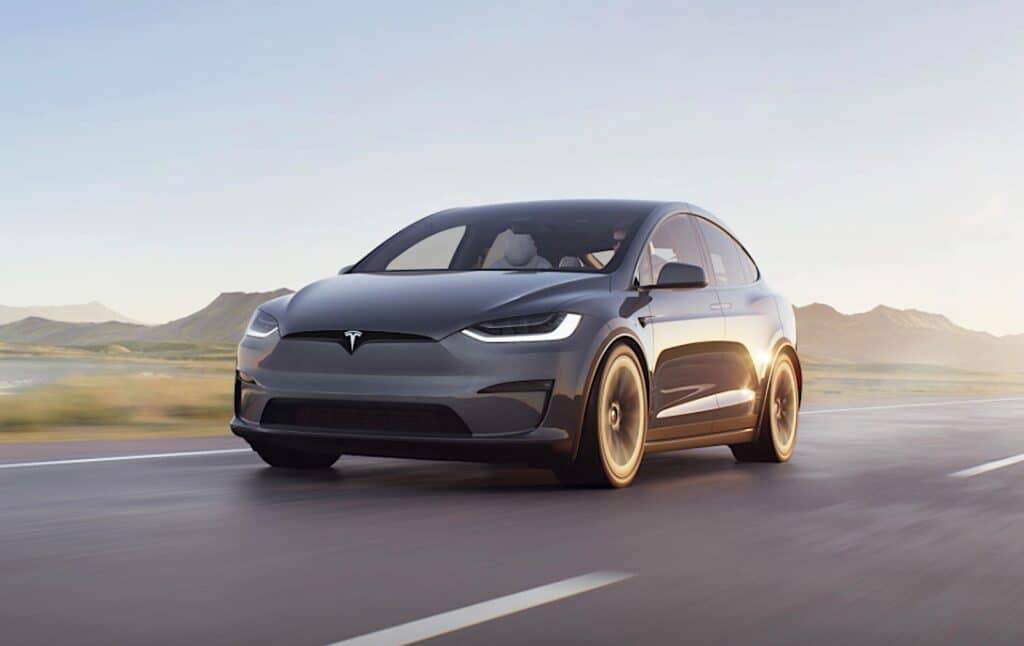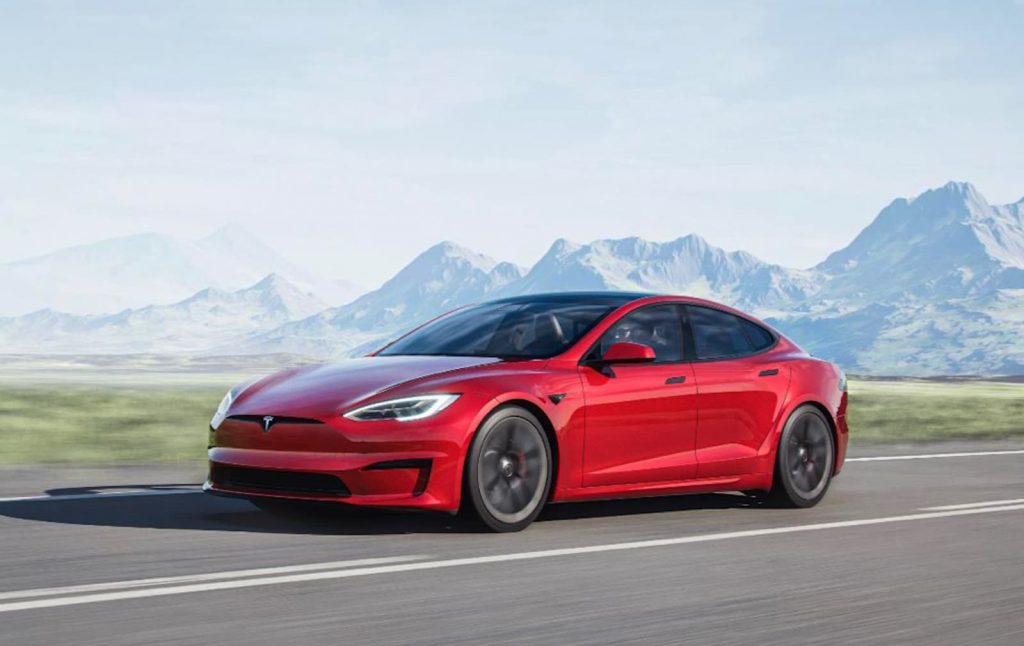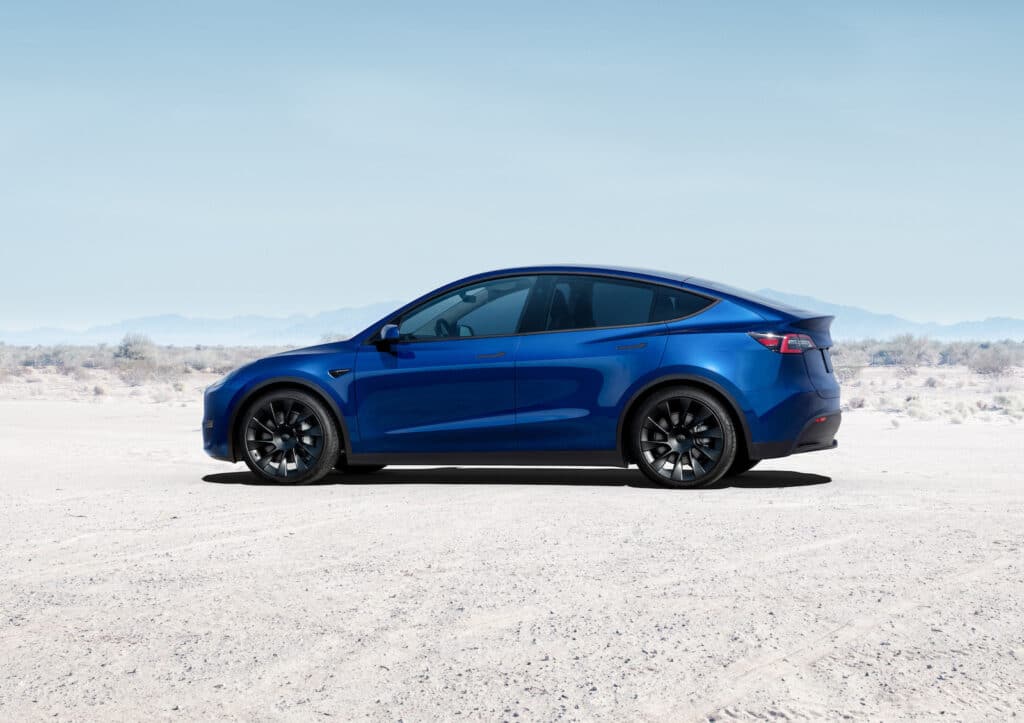Tesla CEO Elon Musk speculated the company would lose some of the EV tax credits when the Treasury Department issued final guidelines for what vehicles are eligible and for how much so he offered another round of price cuts.

The move, the sixth time he’s reduced prices this year, is designed to keep his products competitive when it comes to what’s printed on the window sticker. The company lost the half of the credit that comes from building batteries and sourcing battery materials from the U.S. or its allies.
As part of the Inflation Reduction Act, vehicles that qualify for both halves can receive a $7,500 federal tax credit. Tesla’s likely to get just half that: $3,750. New SUVs and trucks priced $80,000 and less as well as cars coming in at $55,000 and under are eligible for the credit.
Tesla announced it was cutting $5,000 off the price of the Model S and Model X, plus $2,000 off the Model Y and $1,000 off the Model 3 sedan.
Offering up big bucks

The basic version of Tesla’s Model S is now $84,990, down from $89,990 at the beginning of March. At the same time, Model X plaid has now been lowered to $94,990, its website shows. Neither would have qualified anyway so many potential buyers may see this a bonus, and eschew a more expensive Lucid Air or some other non-Tesla vehicle.
Last month Tesla slashed $10,000 off its Model X SUV and $5,000 on the Model S.
The move comes after previous price cuts of up to 20% in January.
“The desire for people to own a Tesla is extremely high. The limiting factor is their ability to pay for a Tesla,” Musk said during an online investor briefing last week.
Tesla’s product mix is heavily weighted towards the less expensive Model 3 sedan and Model Y crossover. Together, those models made up 96% of Tesla’s 2022 sales. The Model S and Model X start with substantially higher prices, and Musk intends to increase sales of the top trims with these price reductions.

The price cuts appear to have boosted Tesla sales as it reported a 36% increase in first quarter deliveries last week. In the first three months of this year it sold 422,875 vehicles, mostly Model 3 and Model Y cars.
Price cuts can be tricky
Customers became angry about Tesla Inc.’s significant price reductions across its U.S. portfolio in late January, many of whom spent thousands more for their vehicles only weeks earlier.
Musk said last week that demand has surged as the price cuts made some models qualify for the revised federal electric-vehicle tax credit. And unlike other automakers, Tesla has room to reduce prices to maintain market share thanks to its gross profit margins, which hover around 25%. The majority of mainstream automakers operate with a margin like GM, which has a net margin between 6%-7%.
Tesla accounted for 65% of EV sales in the U.S. market last year, down from its 2021 share of 72%, and proof that EV newcomers are having an impact. With inventory growing, the carmaker offered $7,500 incentives to Model 3 sedan and Model Y SUV purchasers in a move to lower inventory late last year. The firm then sweetened its offer by giving buyers of any Tesla delivered in the final three days of 2022 three months of the Full Self-Driving option for free.







